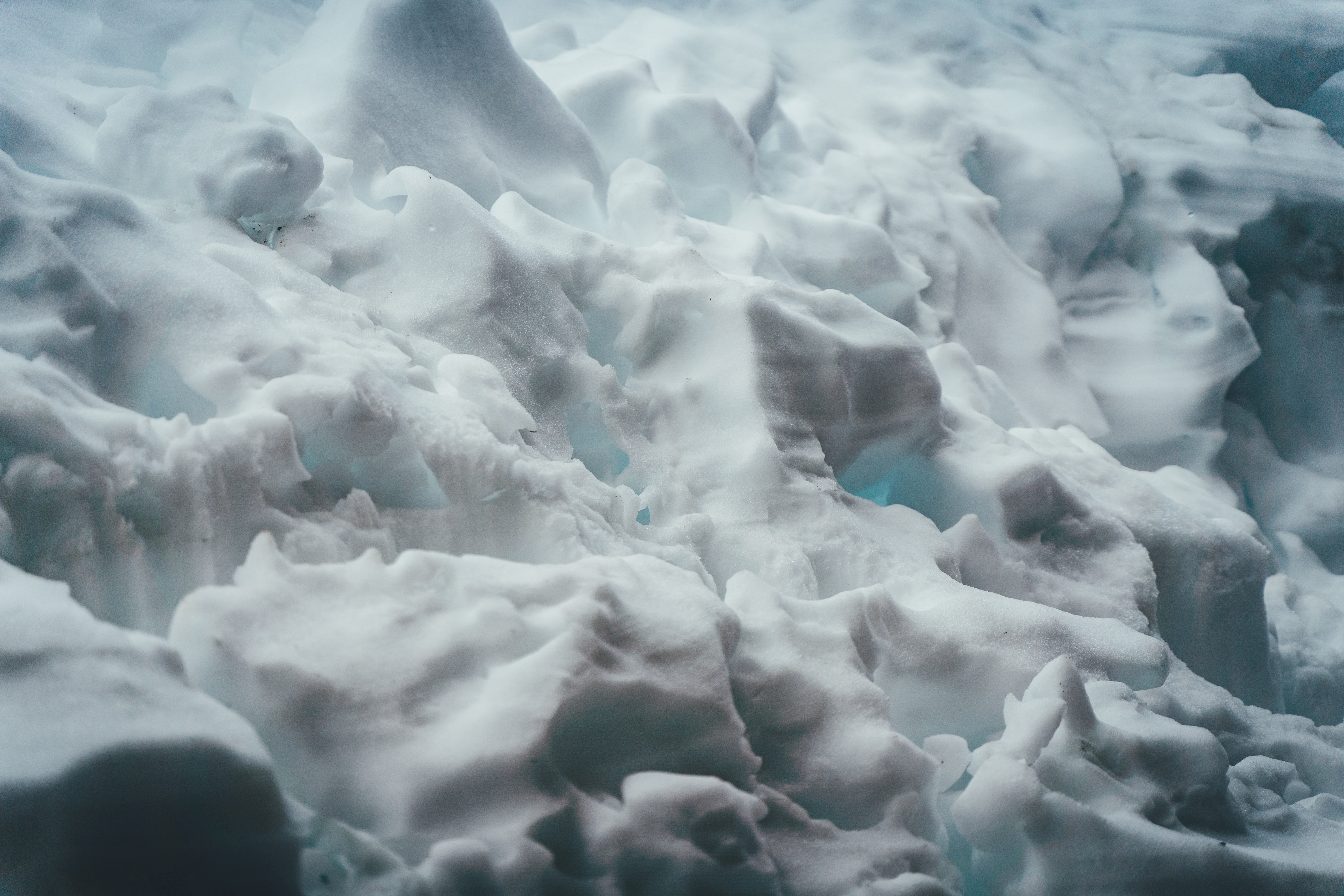Assessing thermal tolerance of vulnerable alpine stream insects as part of a long-term monitoring project in the Teton Range, Wyoming
Abstract
Alpine streams are predicted to decline as air temperatures warm and their water sources dry. Stream temperatures are expected to increase as glaciers and permanent snowfields decrease in size. For aquatic insects that are cold-adapted and restricted to small, high elevation streams fed by glaciers or snowfields, warmer water temperatures could be lethal. Conversely, less water in streams may increase the likelihood of insects freezing during winter months. We measured the critical thermal maximum (CTMAX) – the highest non-lethal temperature an insect can survive, and supercooling temperature – the temperature at which an insect freezes, of three alpine stoneflies, Zapada sp., Lednia tetonica and Lednia tumana, collected in Grant Teton and Glacier National Parks. CTMAX and supercooling point varied among species and with stream source (glacier-fed, snowmelt-fed and icy seep) and population (seven populations). Supercooling temperature was lowest in an alpine tarn and highest in glacier- and snowmelt-fed streams. Zapada sp. had the lowest CTMAX of the three species. Stoneflies from icy seeps had lower CTMAX than individuals from glacier- or snowmelt-fed streams. Individuals that likely experience the coldest winter temperatures had the lowest supercooling temperature. Similarly, stoneflies that experienced warmer water temperatures also had higher CTMAX values. Investigating the thermal tolerances of alpine stoneflies allows us to predict how these insects may respond to future climate change scenarios.
Featured photo by Nicole Y-C on Unsplash. https://unsplash.com/photos/9XixVlnUCbk

